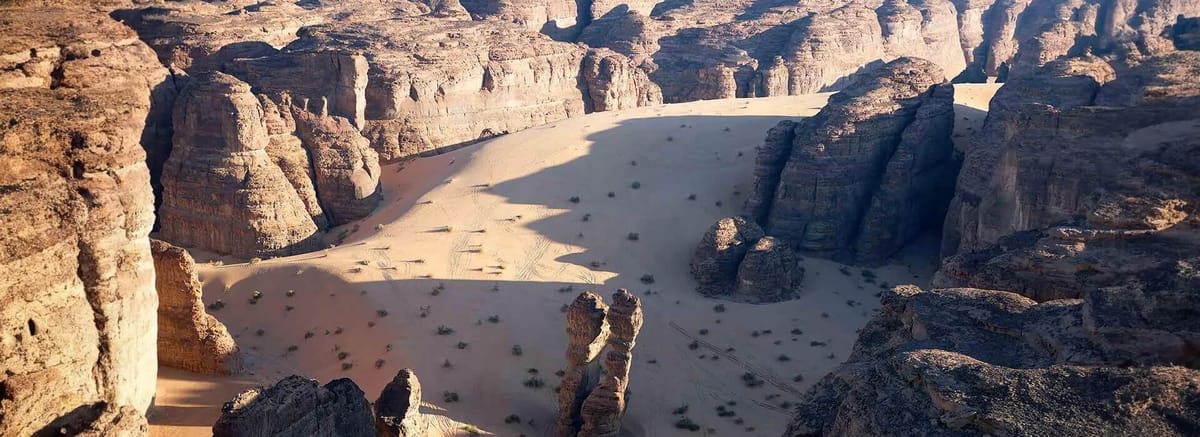
Photo
26 July 2024
Photo
Photo
26 July 2024

Photo
26 July 2024
Photo
26 July 2024
.jpg)
Photo
26 July 2024
Photo
26 July 2024
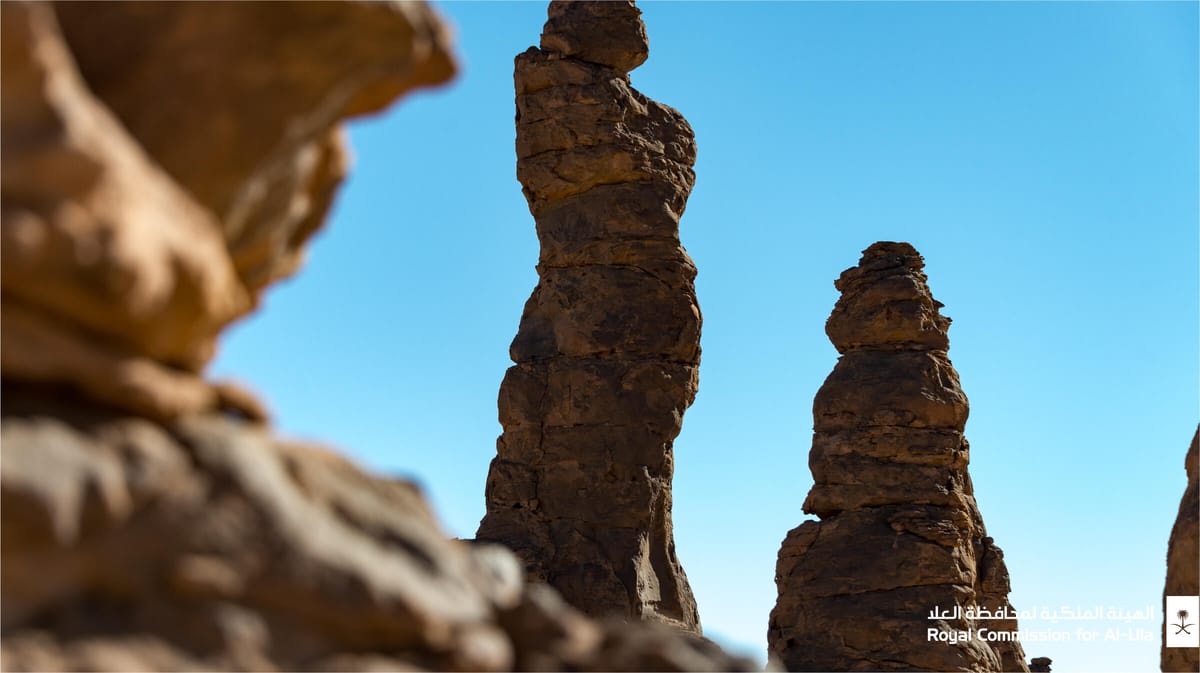.jpg)
Photo
01 September 2024
Photo
01 September 2024
.jpg)
Photo
26 July 2024
Photo
26 July 2024
.jpg)
Photo
26 July 2024
Photo
26 July 2024
.jpg)
Photo
26 July 2024
Photo
26 July 2024
.jpg)
Photo
30 July 2024
Photo
30 July 2024
.jpg)
Photo
01 September 2024
Photo
01 September 2024
.jpg)
Photo
01 September 2024
Photo
01 September 2024
.jpg)
Photo
01 September 2024
Photo
01 September 2024
.jpg)
Photo
01 September 2024
Photo
01 September 2024
.jpg)
Photo
01 September 2024
Photo
01 September 2024
.jpg)
Photo
01 September 2024
Photo
01 September 2024
.jpg)
Photo
01 September 2024
Photo
01 September 2024
.jpg)
Photo
01 September 2024
Photo
01 September 2024
.jpg)
Photo
01 September 2024
Photo
01 September 2024
.jpg)
Photo
01 September 2024
Photo
01 September 2024
.jpg)
Photo
01 September 2024
Photo
01 September 2024
.jpg)
Photo
01 September 2024
Photo
01 September 2024
.jpg)
Photo
01 September 2024
Photo
01 September 2024
.jpg)
Photo
01 September 2024
Photo
01 September 2024
.jpg)
Photo
01 September 2024
Photo
01 September 2024
.jpg)
Photo
01 September 2024
Photo
01 September 2024
.jpg)
Photo
01 September 2024
Photo
01 September 2024
.jpg)
Photo
01 September 2024
Photo
01 September 2024
.jpg)
Photo
11 December 2024
Photo
11 December 2024
.jpg)
Photo
01 September 2024
Photo
01 September 2024
.jpg)
Photo
01 September 2024
Photo
01 September 2024
.jpg)
Photo
01 September 2024
Photo
01 September 2024
.jpg)
Photo
01 September 2024
Photo
01 September 2024
.jpg)
Photo
01 September 2024
Photo
01 September 2024
.jpg)
Photo
01 September 2024
Photo
01 September 2024
.jpg)
Photo
01 September 2024
Photo
01 September 2024
.jpg)
Photo
01 September 2024
Photo
01 September 2024
.jpg)
Photo
01 September 2024
Photo
01 September 2024
.jpg)
Photo
01 September 2024
Photo
01 September 2024
.jpg)
Photo
01 September 2024
Photo
01 September 2024
.jpg)
Photo
01 September 2024
Photo
01 September 2024
.jpg)
Photo
01 September 2024
Photo
01 September 2024
.jpg)
Photo
01 September 2024
Photo
01 September 2024
.jpg)
Photo
01 September 2024
Photo
01 September 2024
.jpg)
Photo
01 September 2024
Photo
01 September 2024
.jpg)
Photo
01 September 2024
Photo
01 September 2024
.jpg)
Photo
01 September 2024
Photo
01 September 2024
.jpg)
Photo
01 September 2024
Photo
01 September 2024
.jpg)
Photo
01 September 2024
Photo
01 September 2024
.jpg)
Photo
01 September 2024
Photo
01 September 2024
.jpg)
Photo
01 September 2024
Photo
01 September 2024
.jpg)
Photo
01 September 2024
Photo
01 September 2024
.jpg)
Photo
01 September 2024
Photo
01 September 2024
.jpg)
Photo
01 September 2024
Photo
01 September 2024
.jpg)
Photo
01 September 2024
Photo
01 September 2024
.jpg)
Photo
01 September 2024
Photo
01 September 2024
.jpg)
Photo
01 September 2024
Photo
01 September 2024
.jpg)
Photo
01 September 2024
Photo
01 September 2024
.jpg)
Photo
01 September 2024
Photo
01 September 2024
_1.jpg)
Photo
06 August 2024
Photo
06 August 2024
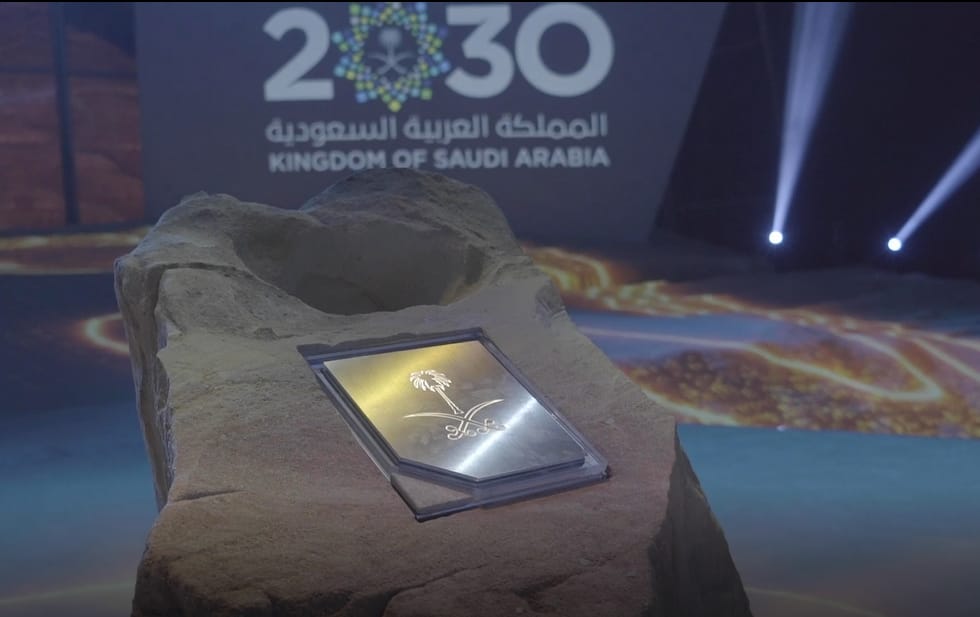
Video
31 July 2024
Video
31 July 2024
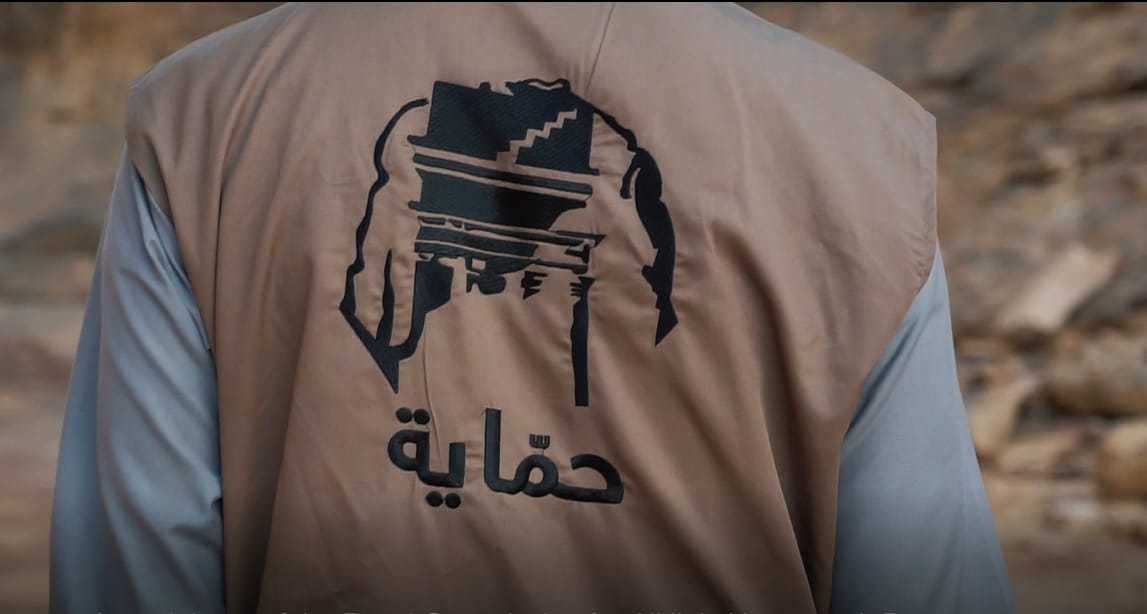
Video
31 July 2024
Video
31 July 2024
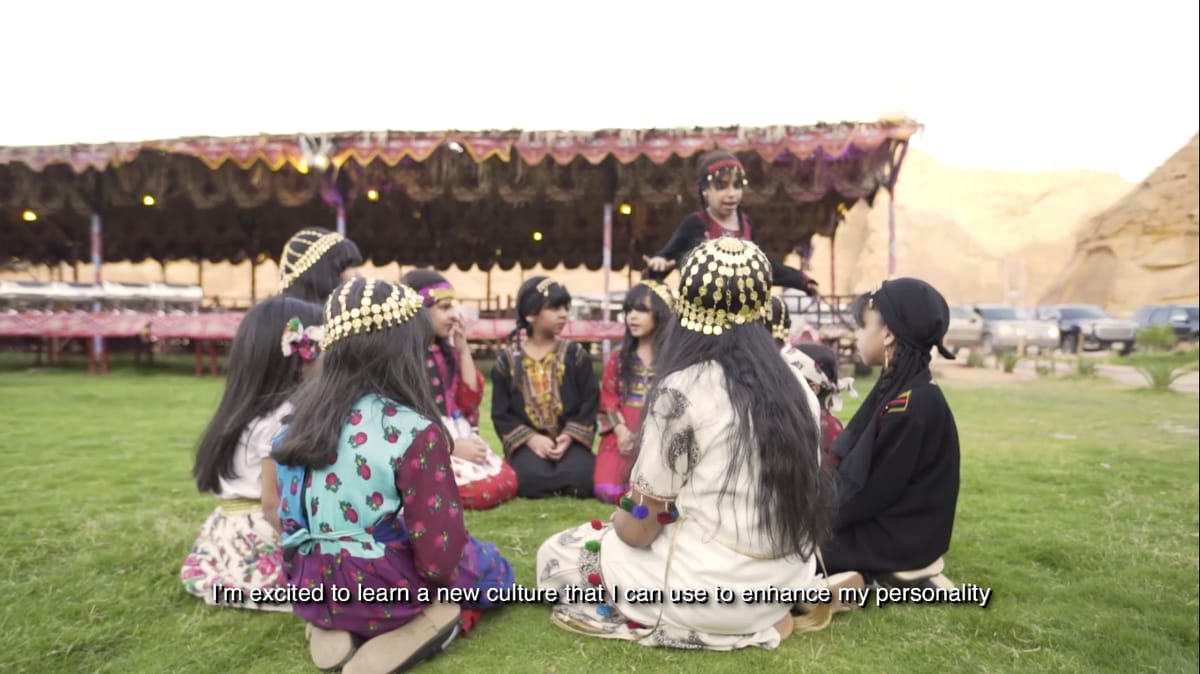
Video
31 July 2024
Video
31 July 2024
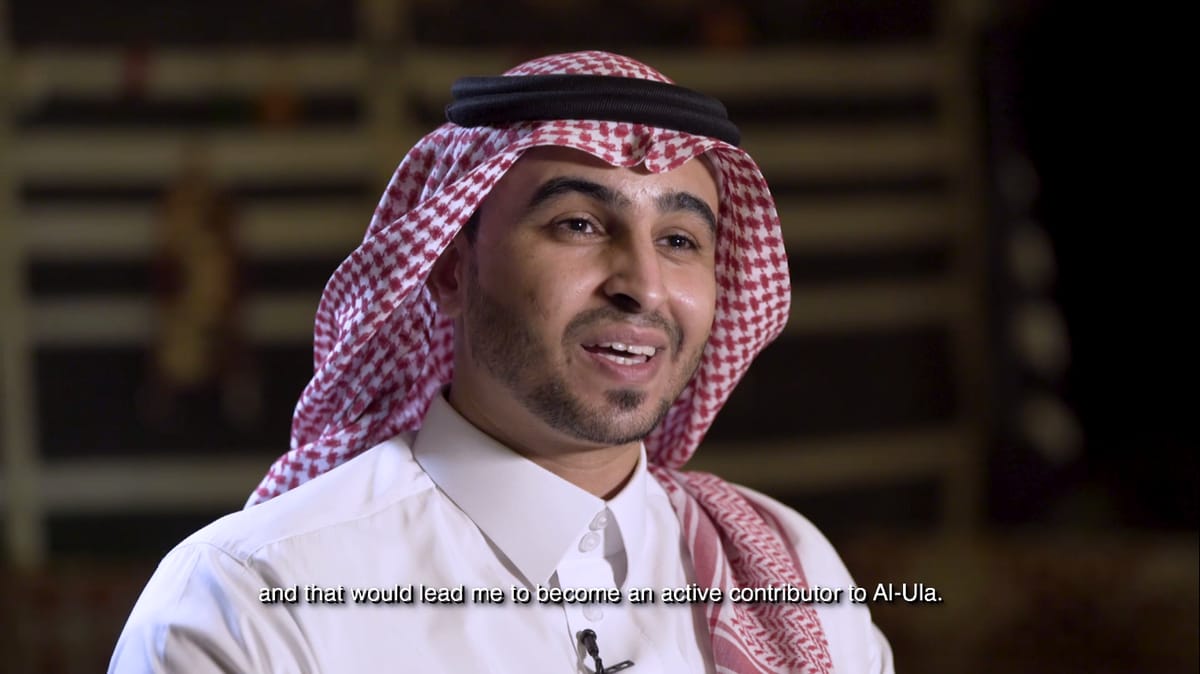
Video
31 July 2024
Video
31 July 2024
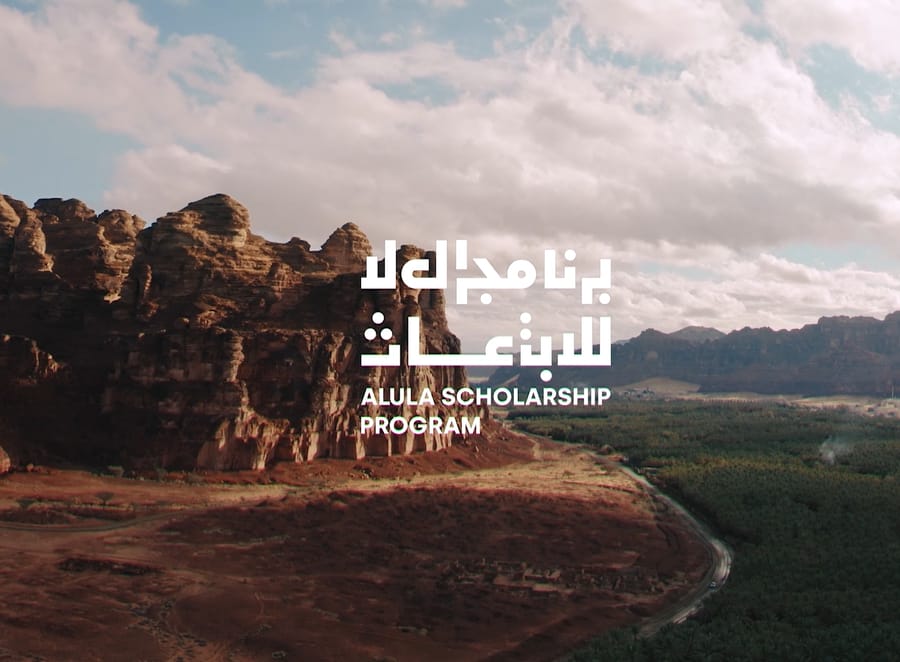
Video
31 July 2024
Video
31 July 2024
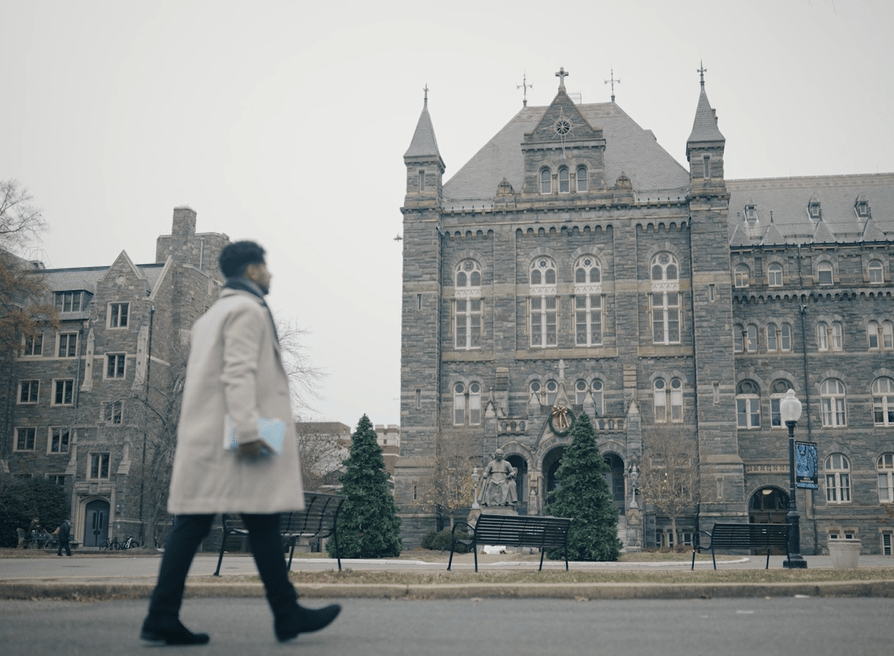
Video
31 July 2024
Video
31 July 2024
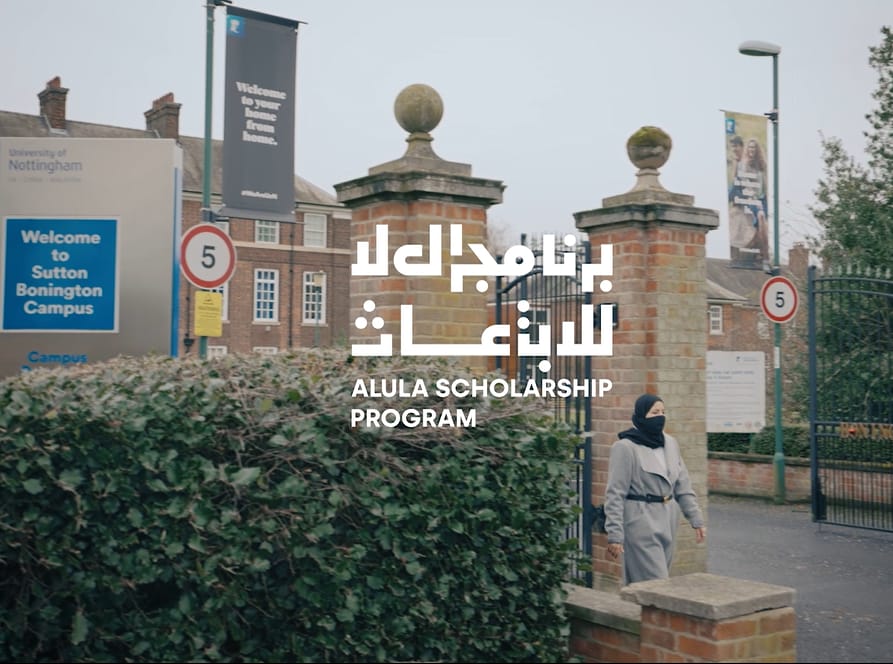
Video
31 July 2024
Video
31 July 2024
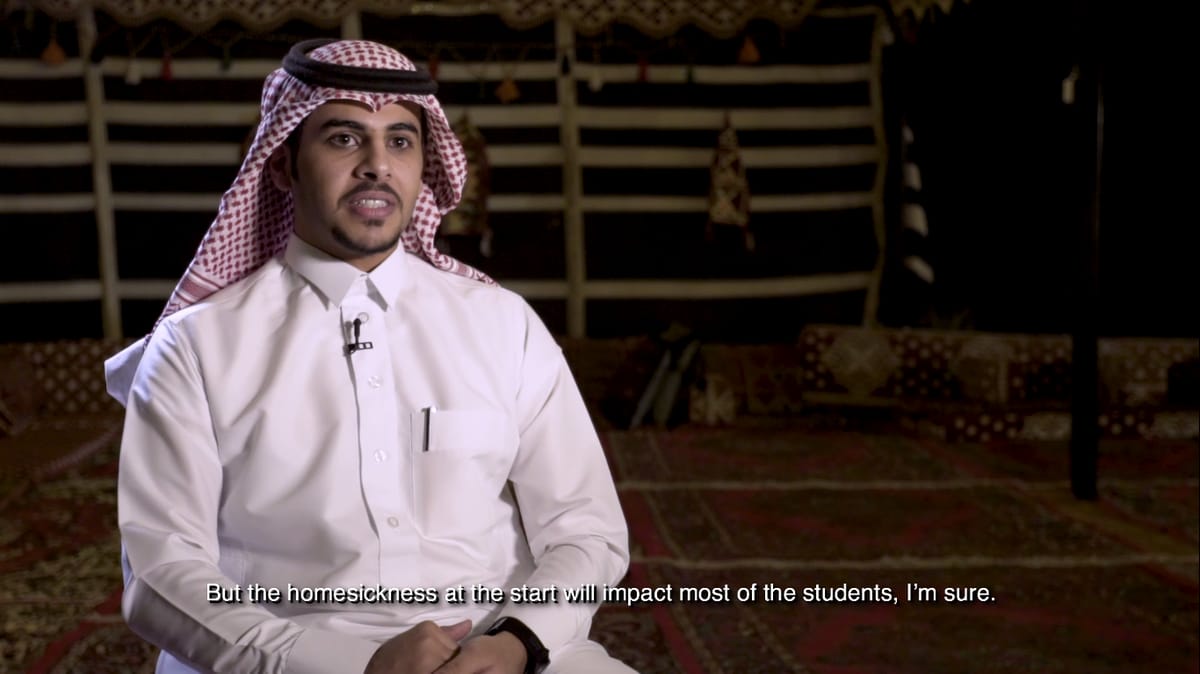
Video
31 July 2024
Video
31 July 2024
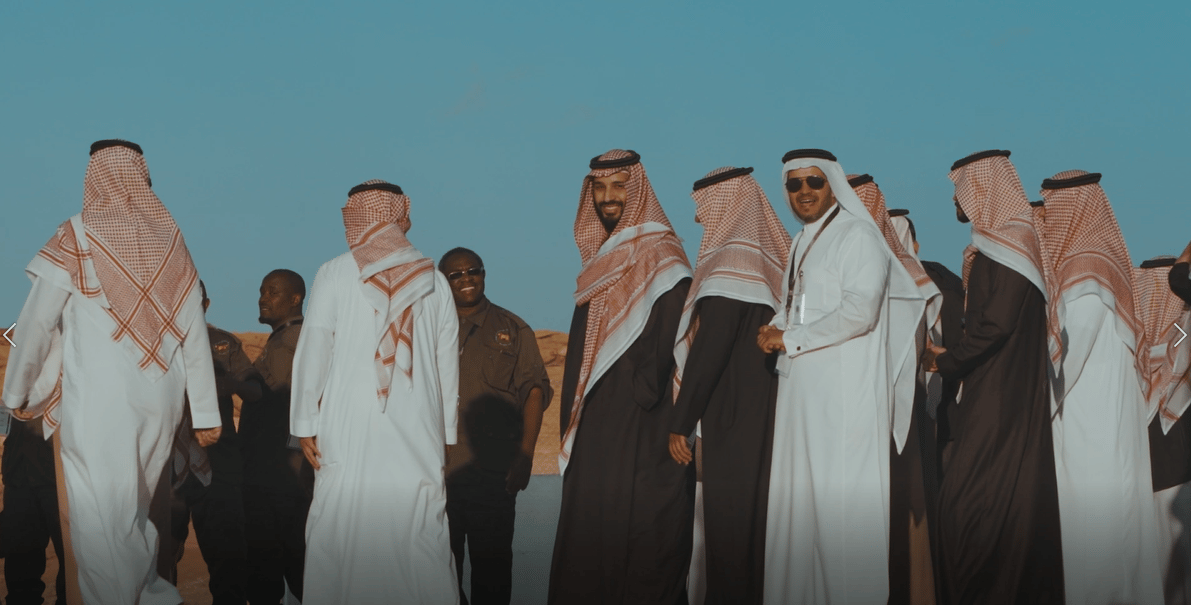
Video
31 July 2024
Video
31 July 2024
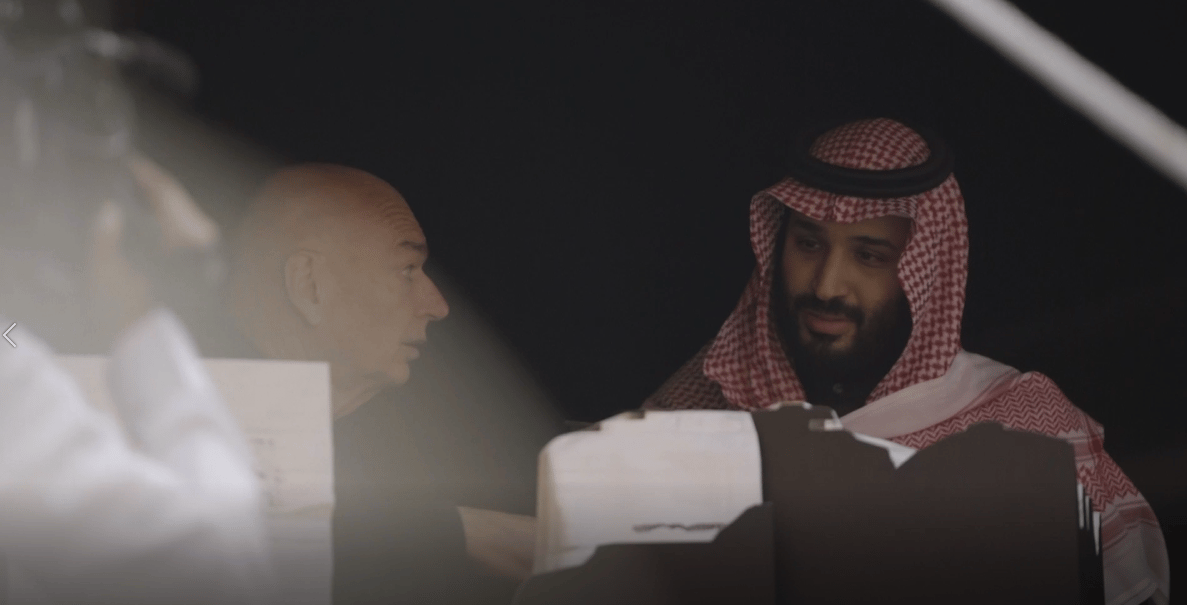
Video
31 July 2024
Video
31 July 2024
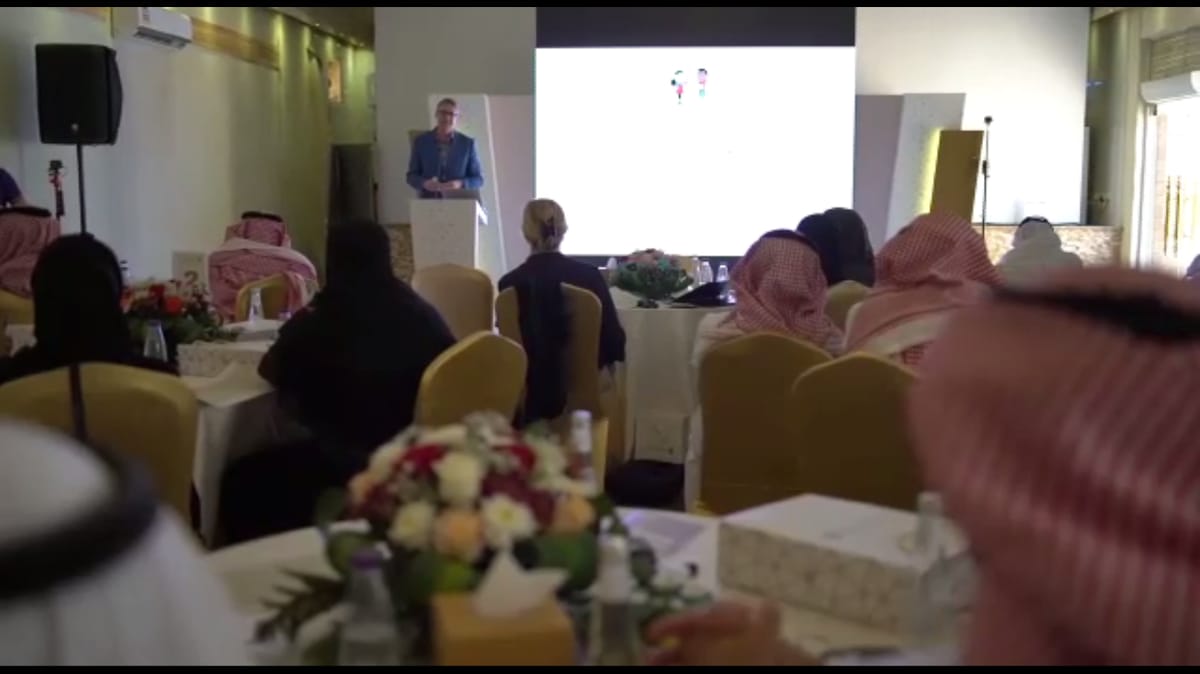
Video
31 July 2024
Video
31 July 2024
.jpg)
Podcast
11 October 2024
Podcast
11 October 2024
_1.jpg)
Podcast
11 October 2024
Podcast
11 October 2024
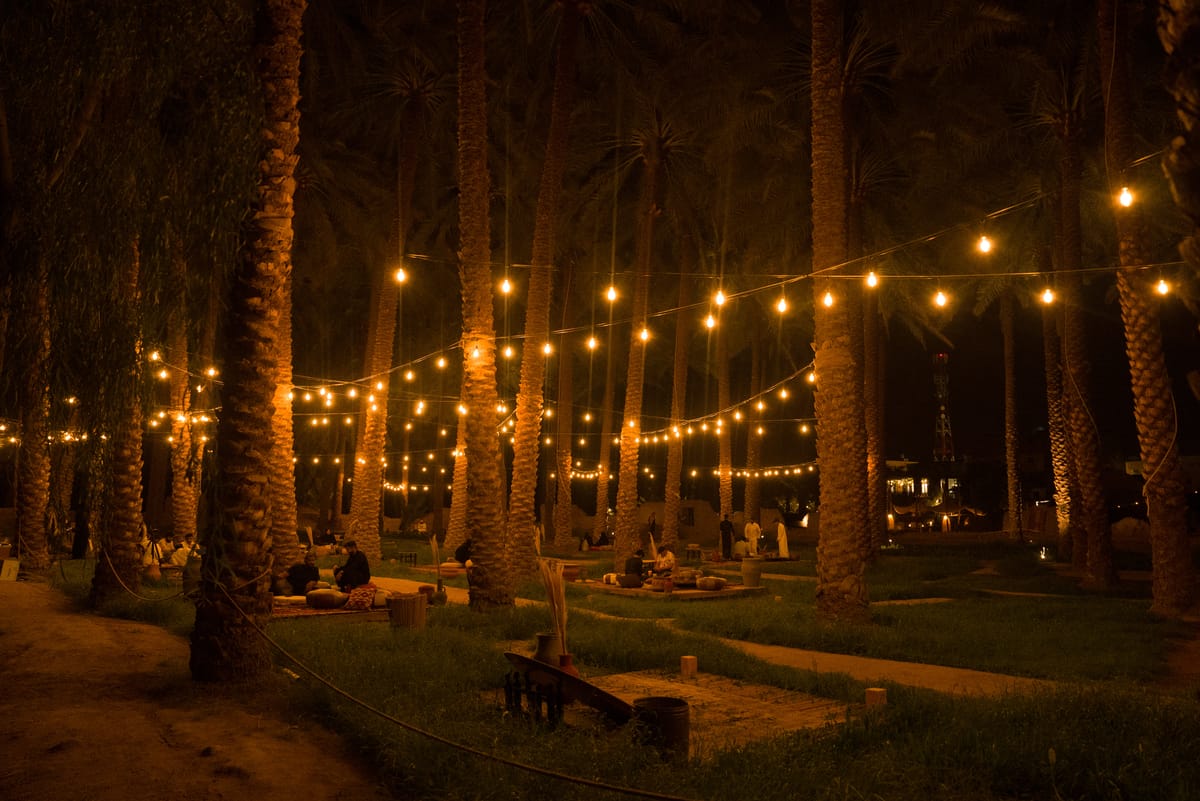
Podcast
31 July 2024
Podcast
31 July 2024
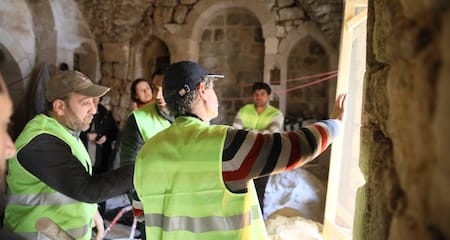
Podcast
16 October 2024
Podcast
16 October 2024
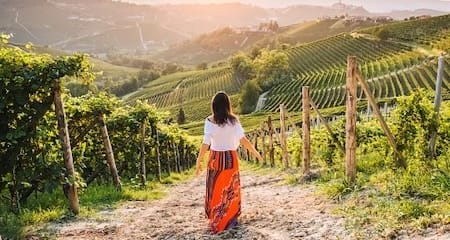
Podcast
16 October 2024
Podcast
16 October 2024
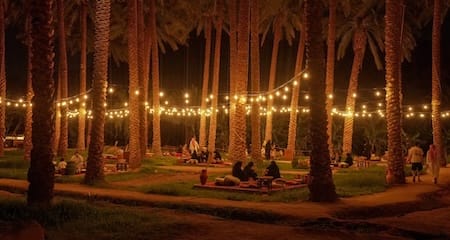
Podcast
16 October 2024
Podcast
16 October 2024
.jpg)
Podcast
16 January 2022
Podcast
16 January 2022
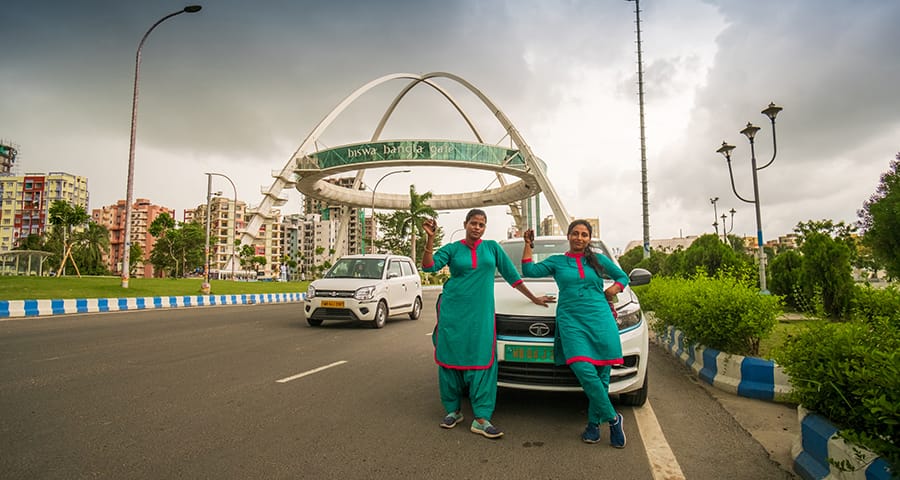
Podcast
23 October 2024
Podcast
23 October 2024
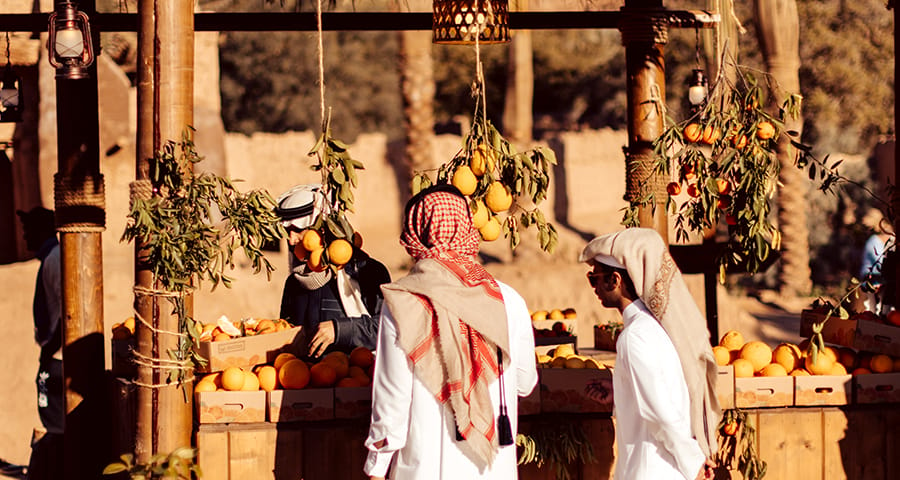
Podcast
23 October 2024
Podcast
23 October 2024
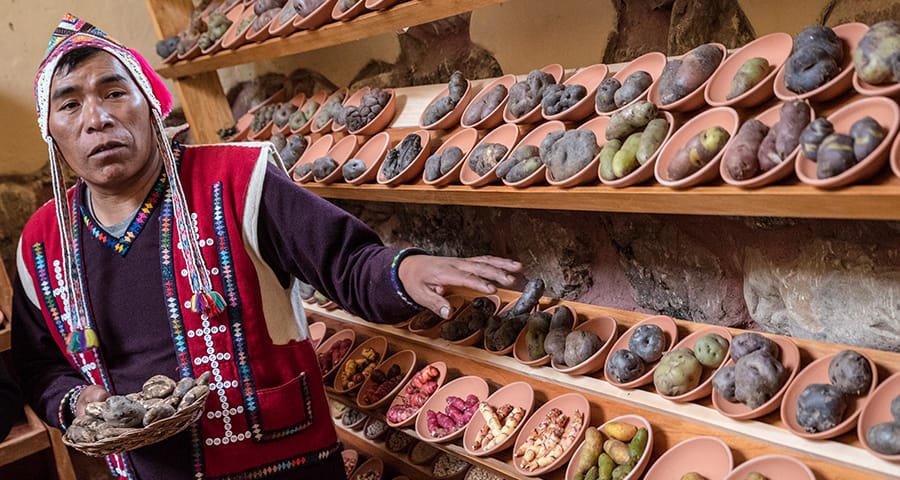
Podcast
23 October 2024
Podcast
23 October 2024
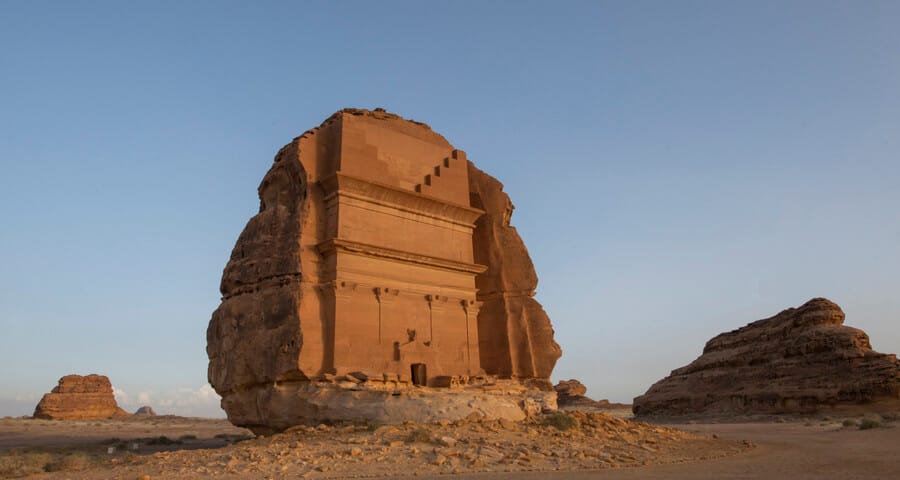
Podcast
26 November 2024
Podcast
26 November 2024
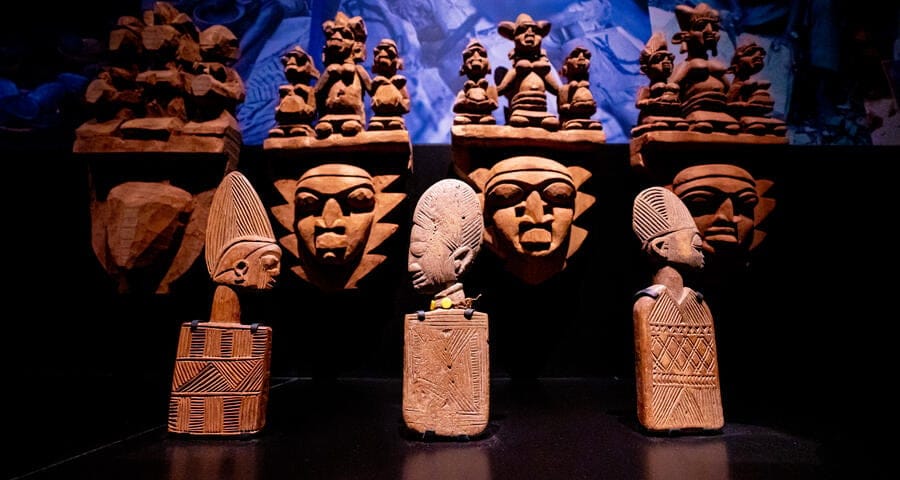
Podcast
26 November 2024
Podcast
26 November 2024
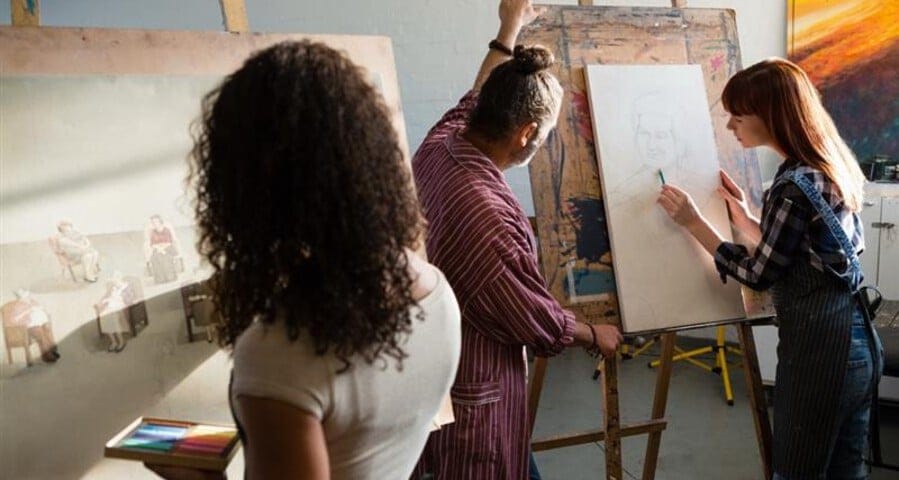
Podcast
26 November 2024
Podcast
26 November 2024